Sigiriya: The Lion Rock Fortress
Sigiriya
Sigiriya known as Lion Rock pronounced see-gi-ri-yə. The ancient rock fortress is located in the Central Province of Sri Lanka, in the town of Dambulla. A site of historical and archaeological significance that is dominated by a massive column of rock approximately 180 m or 590 ft in high. Moreover, Dambulla is directly accessible through private transport, or by train and bus from Colombo.
According to the ancient Sri Lankan chronicle the Chulavamsa, the area was a large forest. Remanences of a forest in the surrounding areas can be viewed today. The rock location was selected by King Kashyapa (AD 477–495) as his capital. King Kashyapa built the palace on top of this rock and decorated the sides with colorful frescoes. Half way up the fortress is a small plateau on the side. The king built a gateway in the form of an enormous lion. The name of this place is derived from this structure; Sīnhāgiri, the Lion Rock.
After the king’s death, Sigiriya was abandoned as the capital and the royal palace. Sigiriya was later used as a Buddhist monastery until the 14th century. However, Sigiriya today is a UNESCO listed World Heritage Site. It is one of the best preserved examples of ancient urban planning.
Rangiri Dambulla Cave Temple is also located in the compound. A sacred pilgrimage site for 22 centuries. The cave monastery contains five sanctuaries. One of the largest best-preserved cave-temples in Sri Lanka. The Buddhist mural paintings covering an area of 2,100 m2 are of particular importance with a total of 157 statues. The cave temple is also a UNESCO listed World Heritage Site.
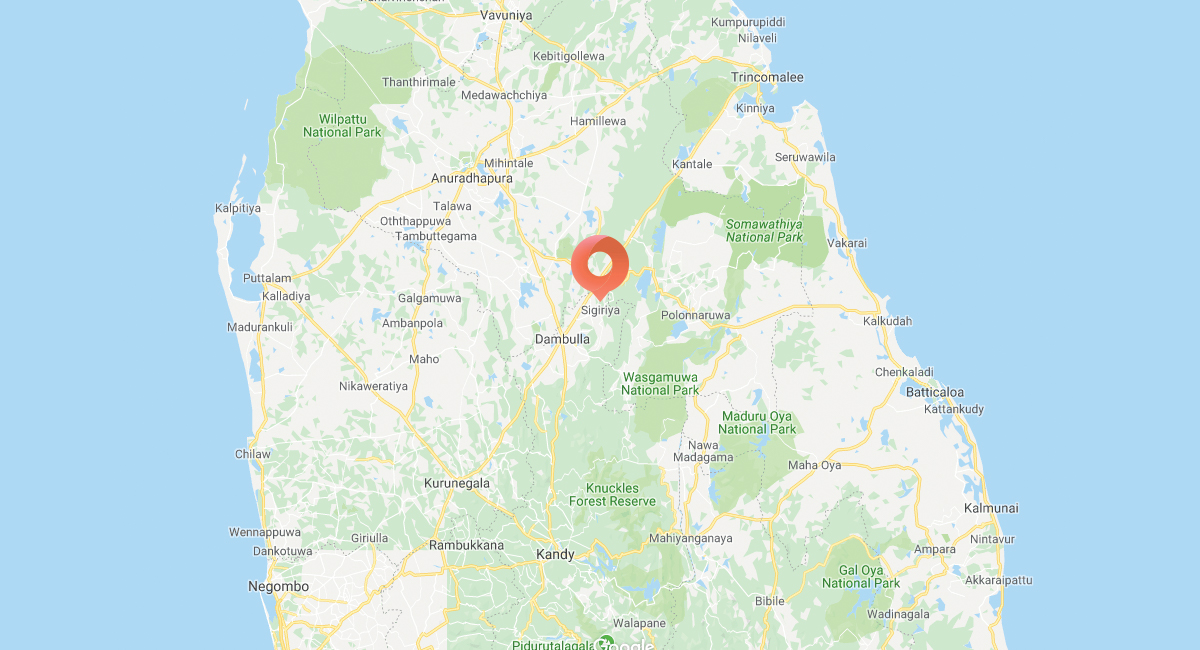
Key Attractions
Sigiriya, an ancient marvel in Sri Lanka, is home to the iconic Sigiriya Rock Fortress, a UNESCO World Heritage Site that rises 200 meters above the jungle. The Lion’s Gate marks the entrance to the fortress, leading to breathtaking views and fascinating frescoes of celestial maidens. The Water Gardens at the base of the rock offer beautifully designed ponds and fountains, showcasing ancient engineering prowess. The Mirror Wall, once so polished it reflected the images of those who walked by, still holds ancient graffiti. Sigiriya is a must-visit destination that blends history, culture, and stunning natural beauty.
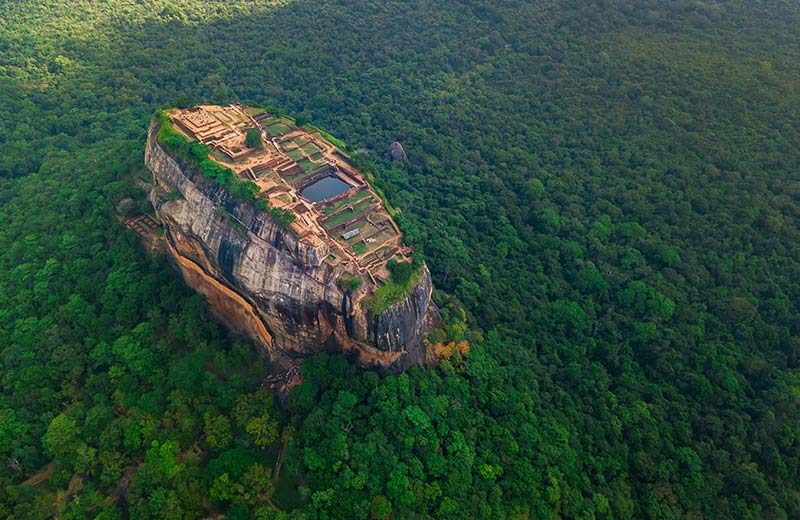
Sigiriya Rock Fortress
Sigiriya, now a world-renowned architectural wonder of the Ancient World and UNESCO World Heritage Site, is one of the most popular destinations in Sri Lanka—and for good reason! Located along the path from Dambulla to Habarane, is the Lion Rock (locally referred to as Sigiriya), named so for the once-formidable lion that stood sentry at its entrance. Today, only its gigantic paws remain.
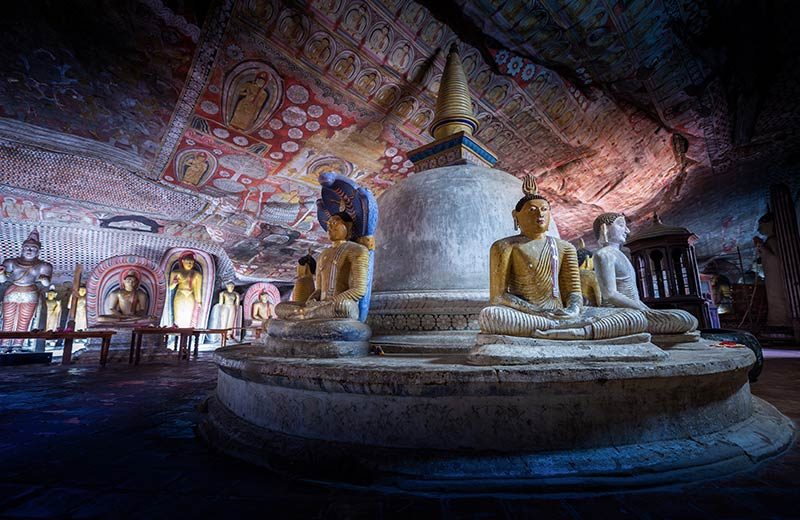
Dambulla Cave Temple
The Dambulla Cave Temple, also known as the Golden Temple, is a World Heritage Site located in the town Dambulla in the Matale district. About 17km away from Sigiriya, the Dambulla Cave Temple holds much cultural and historical significance to Sri Lankans. The temple is one of the best-preserved cave temples of many in Sri Lanka, and so, is certainly the place to go for a clear glimpse at Sri Lanka’s ancient Buddhist history.
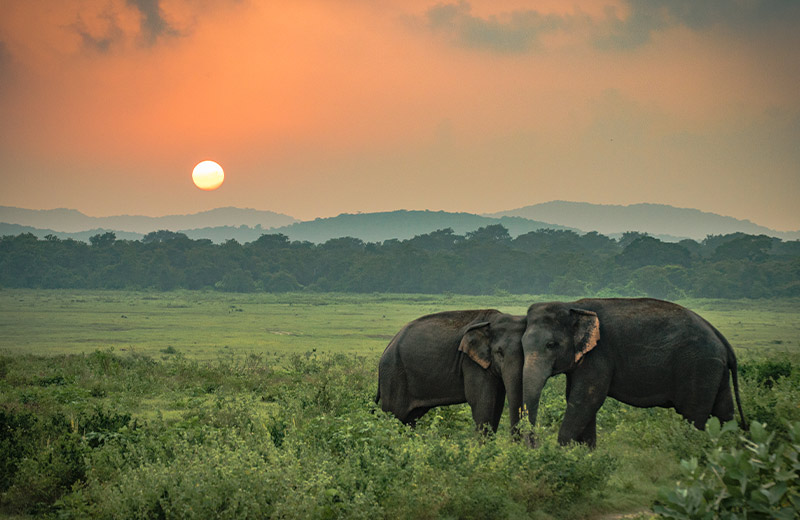
Minneriya National Park
Sri Lanka’s biodiversity is an amazing feat of nature. We truly have it all, including multiple different ecosystems in close proximity to each other, leading to flora and fauna from across the spectrum coexisting with one and other. Located in Rambawilla, about 19km from Sigiriya, Minneriya National Park is well-known for its elephant gathering.
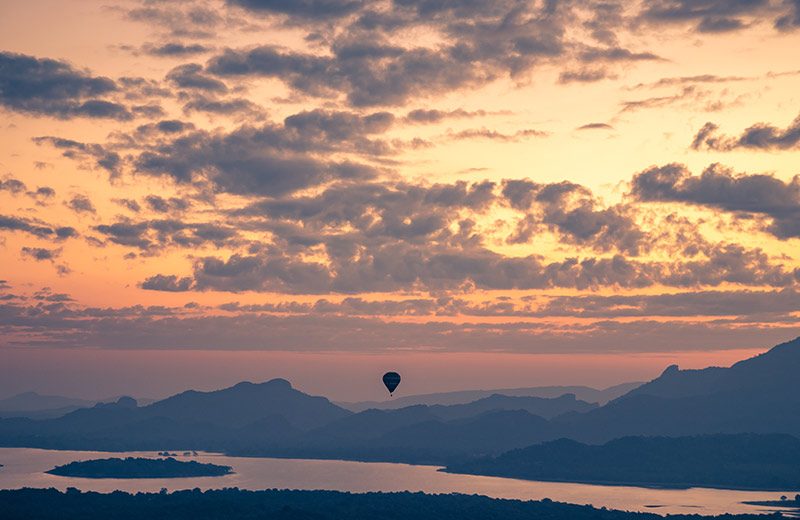
Hot Air Balloon Rides
Sigiriya is not just a place of historical and cultural importance in Sri Lanka, but it’s also a significant feat of architecture, with thousands upon thousands of individuals flocking to it to experience its grandeur for themselves every year. But climbing up this monolith isn’t the only way to with its beauty!
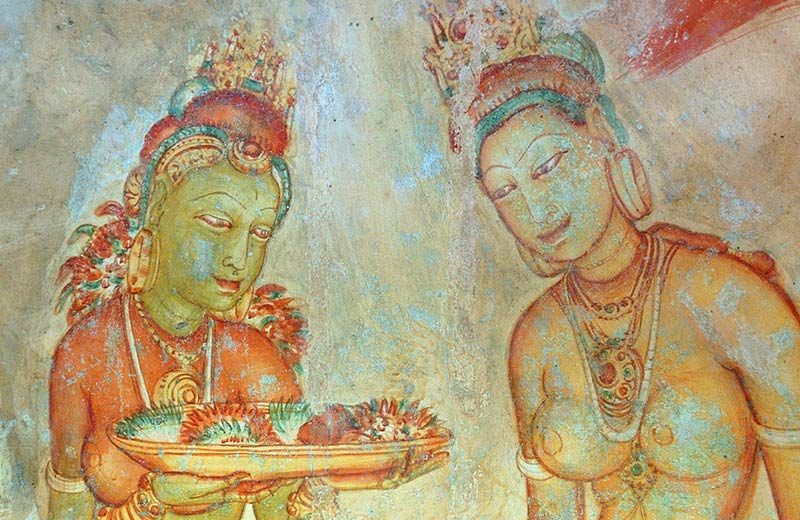
Sigiriya Museum
Splendorous architecture, steeped in history and culture, is what visitors to Sigiriya are offered. But there’s much more than meets the eye at ruins of the ancient Lion Rock citadel. If you’re curious to know more, pay a visit to the Sigiriya Museum.
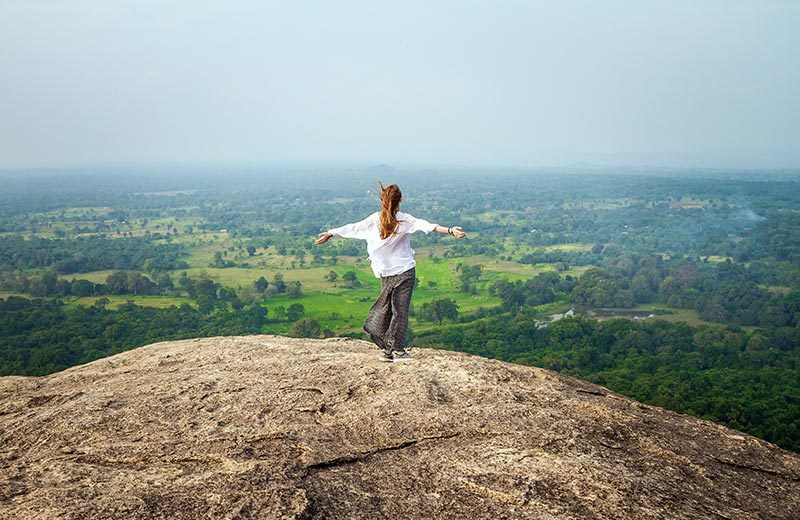
Pidurangala
Standing at 500m off the ground, Pidurangala is the Lion Rock’s lesser-known neighbour, but it, too, has an intriguing history of its own. Back when King Kasyapa built his Sigiriya citadel (5th century CE), he had a dilemma on his hands. The rock had been a monastery for centuries, with monks living in the many caves (which you can spot at the boulder gardens) in it.

